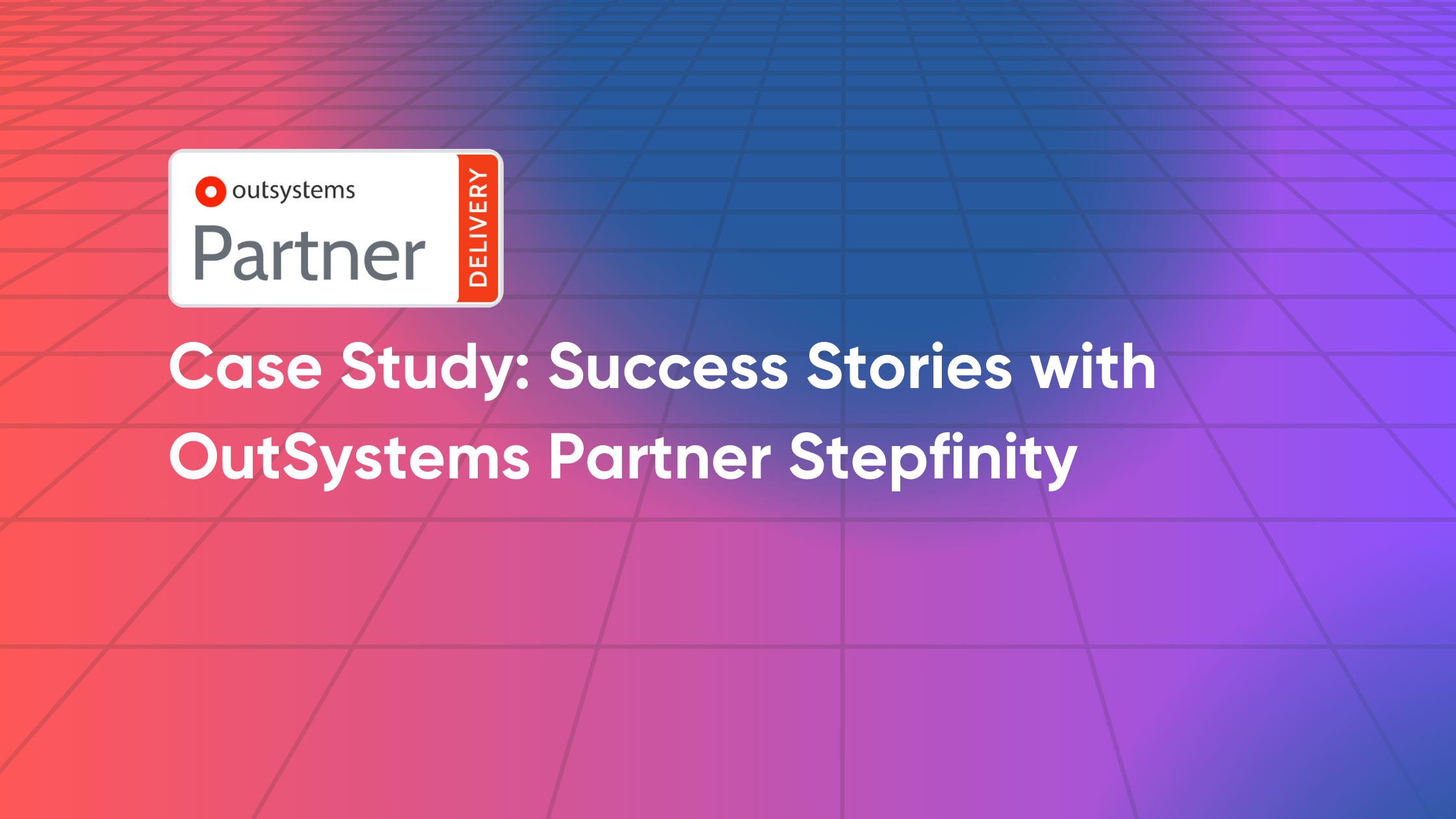In the ever-evolving landscape of software development, the need for robust, efficient, and scalable systems has never been more crucial. Outsystems, a low-code development platform, has emerged as a game-changer, empowering businesses to create and deploy applications swiftly and effectively. Navigating the frontier of Outsystem development requires a nuanced understanding of its capabilities, best practices, and potential challenges. This comprehensive guide aims to illuminate the path for both beginners and seasoned developers venturing into the realm of Outsystems.
Understanding Outsystems: A Low-Code Powerhouse
At its core, Outsystems enables rapid application development through a visual, drag-and-drop interface, significantly reducing the traditional complexities of coding. It facilitates the creation of enterprise-grade applications with minimal hand-coding, thereby accelerating the development lifecycle.
Getting Started: Key Components and Tools
Development Environment:
Outsystems provides a user-friendly development environment comprising the Service Studio and Integration Studio. The Service Studio enables visual modeling of the application’s logic, while the Integration Studio facilitates integration with external systems.
Building Blocks:
Understanding the fundamental building blocks—such as entities, screens, actions, and logic—is pivotal. Entities define data structures, screens represent the user interface, actions encapsulate business logic, and logic dictates the application’s behavior.
Best Practices:
Adhering to best practices ensures efficiency and maintainability. Structuring modules logically, naming conventions, and optimizing database usage are paramount for scalable and manageable applications.
Challenges and Solutions:
Performance Optimization:
As applications grow in complexity, optimizing performance becomes crucial. Caching strategies, database optimizations, and minimizing unnecessary computations are strategies to enhance performance.
Integration Complexity:
Integrating with external systems might pose challenges. Utilizing Integration Studio effectively, understanding APIs, and employing proper error handling mechanisms streamline this process.
Security Measures:
Maintaining robust security protocols is imperative. Implementing authentication mechanisms, data encryption, and adhering to OWASP guidelines fortify applications against potential vulnerabilities.
Embracing Continuous Improvement:
Agile Development:
Adopting agile methodologies fosters iterative development and responsiveness to changing requirements. Continuous feedback loops and incremental improvements ensure the alignment of applications with evolving business needs.
Community Support and Resources:
Outsystems boasts a vibrant community and extensive documentation. Leveraging these resources, participating in forums, and attending community events enriches knowledge and aids problem-solving.
Conclusion:
Navigating the frontier of Outsystems development demands a blend of technical prowess, strategic thinking, and a commitment to continuous improvement. By embracing its low-code capabilities, understanding core components, addressing challenges proactively, and fostering a culture of continual learning, developers can harness the full potential of Outsystems, unlocking innovation and accelerating digital transformation for businesses.
In this dynamic era of software development, Outsystems stands as a beacon, empowering developers to traverse the frontiers of innovation and create impactful solutions that drive success in the digital age.








